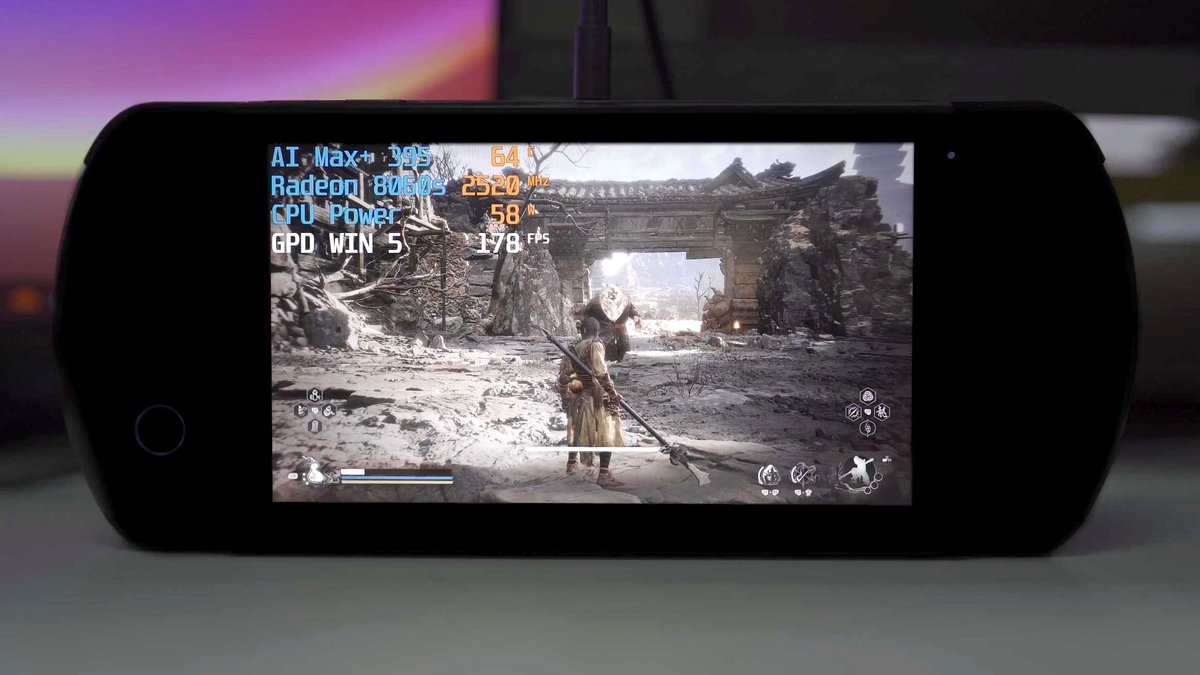AYANEO's revelation of the NEXT 2 gaming handheld featuring AMD's Strix Halo architecture represents a calculated strategic response to the evolving premium handheld gaming landscape. The device showcases Ryzen AI Max+ 395 APU integration alongside distinctive engineering choices that position AYANEO as a direct competitor to GPD's recently announced Win 5.
Engineering Philosophy Divergence
The NEXT 2's dual-fan cooling system and built-in battery design reveals AYANEO's commitment to traditional handheld form factors while managing the substantial power demands of Strix Halo silicon. This engineering approach contrasts sharply with GPD's external battery strategy for the Win 5, highlighting two fundamentally different philosophies in premium handheld development.
AYANEO's integrated battery approach prioritizes user experience and portability over raw performance optimization. The dual-fan cooling solution suggests the company has identified thermal management as the critical constraint in Strix Halo implementation, rather than power delivery limitations that drove GPD toward external battery solutions.
Market Timing and Competitive Positioning
The July 28-29 announcement timing demonstrates sophisticated market awareness, positioning AYANEO to capture mindshare ahead of major gaming events and competitor product launches. The targeted end-of-2025 release window aligns with holiday shopping patterns while allowing sufficient development time for Strix Halo platform maturation.
This strategic timing also serves to establish AYANEO's premium market credentials before competitors can solidify their positions in the emerging Strix Halo segment. The announcement effectively creates a three-way competition between AYANEO, GPD, and potential future entrants in the ultra-premium handheld space.
Broader Market Implications
The NEXT 2 announcement signals the handheld gaming market's evolution beyond price-competitive mainstream devices toward distinct premium tiers with specialized engineering approaches. AYANEO's emphasis on integrated design versus GPD's performance-first philosophy suggests the market can support multiple premium positioning strategies simultaneously.
The successful execution of Strix Halo integration by both AYANEO and GPD could establish new performance expectations for premium handhelds, potentially forcing other manufacturers to adopt similar high-end silicon or risk market marginalization in the enthusiast segment.
Sources
- TechNetBooks: "Ayaneo New Gaming Gear Plan to be Revealed at July 28 Event by TechNetBooks Staff"
- NotebookCheck: "Ayaneo Next 2 handheld gaming console shown off with AMD's most powerful laptop chip by Anil Ganti"
- Tom's Hardware: "Ayaneo crams dedicated GPU-class Strix Halo and battery inside next-gen gaming handheld by Tom's Hardware Staff"
Note: All sources have been verified for accuracy and editorial standards compliance.
